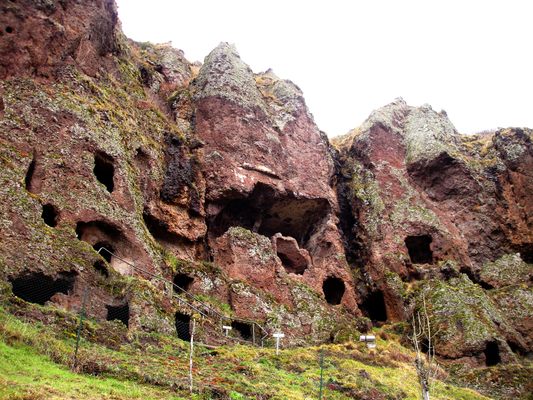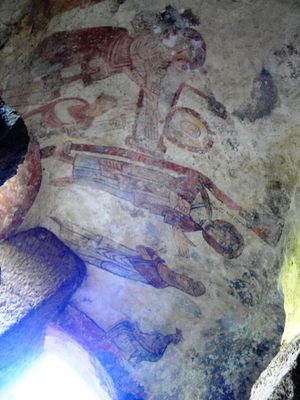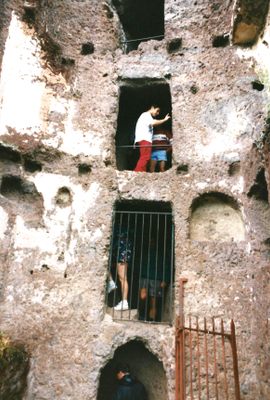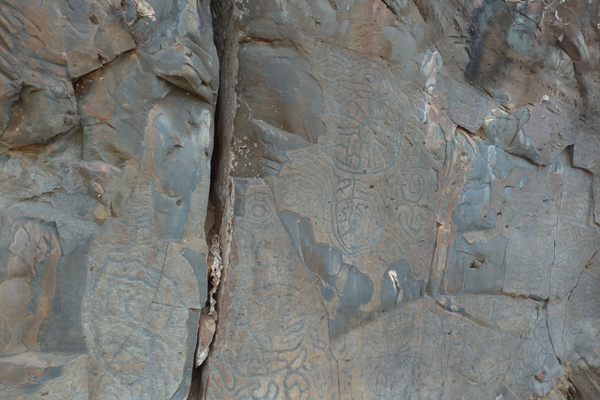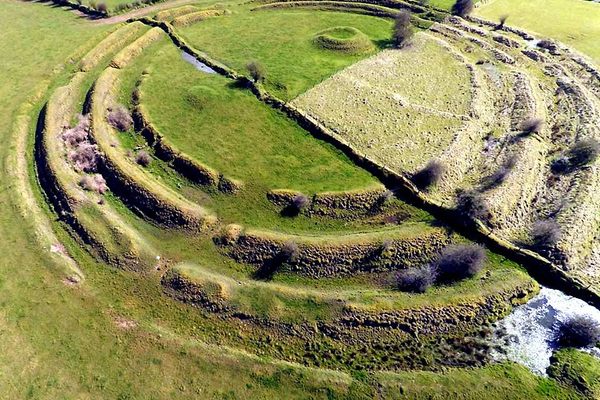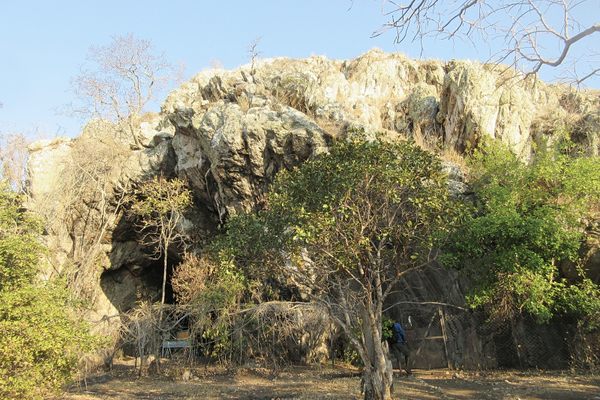About
Dotting a cliff face in France's Auvergne region, the Jonas caves were slowly expanded from 400 BCE right through the middle ages to create the sprawling system of religious and military cloisters that remain today.
Made of soft limestone, the Jonas cave system is completely man-made, expanding off of excavation that began in pre-history. For hundreds of years, the native people in the region chiseled away at the rock, creating crude shelters that needed much less upkeep than other primitive dwellings. By the middle ages, the caves were inhabited and being built by Catholic monks who constructed chapels, living quarters and other rooms to create a sort of monastery right into the side of the mountain. Eventually, the caves were taken over by knights from a nearby castle who used the now elaborate system of caves as military fortifications, adding wooden defensive structures and generally converting the in-ground monastery into a fortress of sorts. However once the feudal wars in the region were over, the caves were abandoned, leaving behind ages worth of relics, construction, cave art.
In the end, the caves consist of around 70 rooms across five floors. Many of the rooms feature windows cut through the rock giving the complex the feel of a large termite mound when viewed from the outside. Many of the pillars and arches cut by the monks still remain along with a number of preserved medieval religious frescoes painted in still vibrant red ochres and black coals.
Visitors are still allowed to enter the Jonas Caves, however despite the history of passed down construction, further expansion is discouraged.
Related Tags
Published
November 26, 2015
